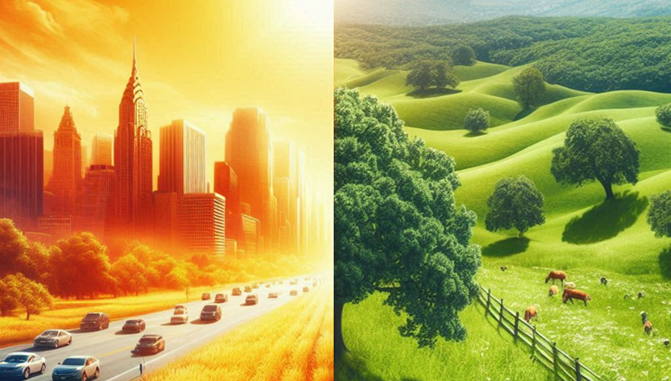
Quick Success Data Science
I have a relative who believes rising temperatures are just a “heat island” effect. That is, rapidly growing cities of steel and concrete heat up faster and retain heat longer than green rural areas. He says, “Much of global warming goes away if you focus on temperature measurements taken in the cooler countryside.”
The nice thing about data science is that you can be your own fact-checker. In this Quick Success Data Science project, we’ll test the previous assumption using temperature data from the great state of Texas.
According to the EPA, heat islands are urbanized areas that experience higher temperatures than outlying areas. Artificial structures, such as buildings and roads, absorb and re-emit the sun’s heat more than natural landscapes, such as forests and lakes. Human activity, including driving cars and cooling buildings, generates additional heat. In big cities, where these structures and activities are highly concentrated, “islands” of higher temperatures form relative to the surrounding countryside.

Be the first to comment